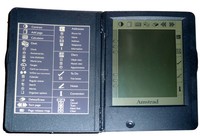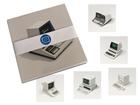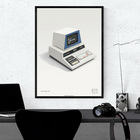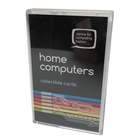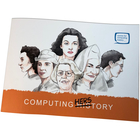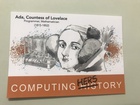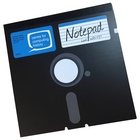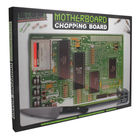Amstrad PenPad PDA600
| Home > Browse Our Collection > Computers > Amstrad > Amstrad PenPad PDA600 |
The Amstrad PenPad, also known by the PDA600 model reference, was commissioned in 1993. The project manager, Cliff Lawson, had helped develop Amstrad's previous computing products. The Eden Group delivered the underlying operating system, and the hardware was designed by Mutech Ltd. For its time the PenPad had a relatively successful handwriting recognition system, where the user would 'train' the PenPad with his own handwriting. The device was bulky when compared with modern PDAs, but it was very functional with the standard PIM and offered expandability. It featured a calendar, address book, to-do list, jot pad, world time, multiple alarms, calculator, and unit conversion stored in the ROM. It had a memory capacity of 128Kb, a grey-scale screen, a folding hinged cover that protected the screen when not in use, a PCMCIA type I slot for expansion, as well as a serial port to link to a PC. Eden Group also wrote bespoke software for the PDA600 that run on PCMCIA memory cards, in addition to the standard PIM applications. The PDA600 could be 'hot-synced' with Windows via the optional extra "PC-Organiser for Windows". The Amstrad PenPad, like the Apple Newton, struggled in a time where these early PDAs were expensive to produce and did not manage to capture enough interest and eventually production was discontinued. The remaining UK units being sold off to Tandy Corporation who retailed the stock through their chain of stores at £50 per unit, half the price they had cost Amstrad to build. It wasn't until the launch of the Palm Pilot 1000 in 1996 that the first truly successful PDA relying on pen input was born. On the BBC television program "The One Show" broadcasted on BBC One on the 21st October 2011, Alan Sugar said the PenPad was one of the best products Amstrad ever sold. As the PenPad sold under 1 million units, production was stopped. Processor : Z8S180 at 14.3 MHz Amstrad did invest in R&D for a successor to the PDA600, called the PIC700, but with the end of the PenPad it never saw the light of day.
|
|


